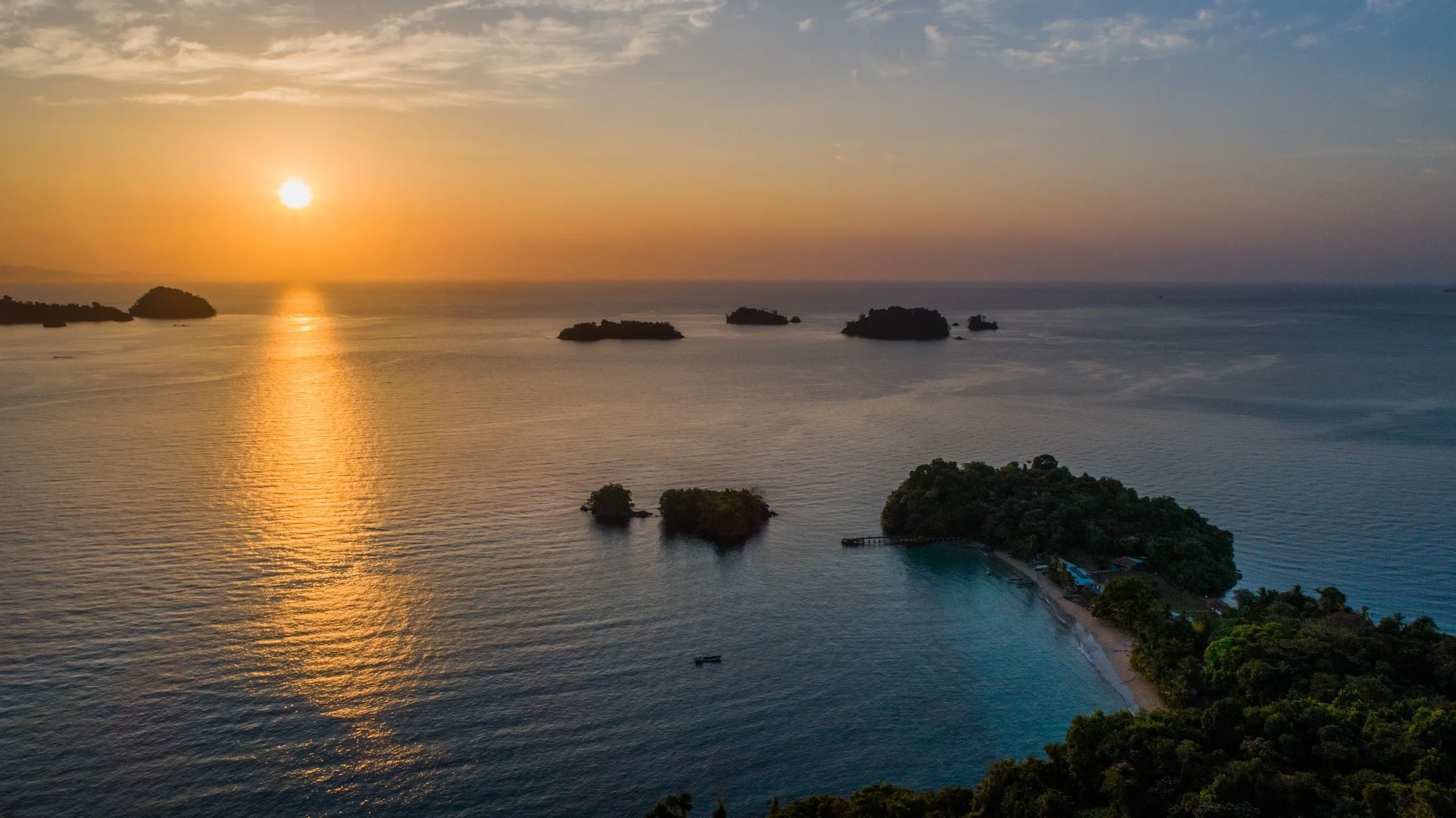This week, several communities in Canada’s Far North experienced their hottest temperatures ever recorded, marking a historic heat wave across the Arctic Circle. In a rare meteorological event, temperatures in parts of the Northwest Territories soared higher than those in Miami, Florida, highlighting the extreme and unusual nature of this heat wave.
A weather station in Little Chicago, situated within the Arctic Circle along the Mackenzie River, recorded an astonishing high of 35.9°C on Wednesday. This temperature not only set a new record for Little Chicago but also surpassed Miami’s high of 35°C on the same day.
Several other communities, including Fort McPherson, Inuvik, and Trail Valley, also witnessed their all-time highest temperatures, with readings climbing into the mid-30s. This is only the second recorded heat wave in Inuvik, with the first occurring in early July 2022. Fort Good Hope recorded a temperature of 35.7°C, the highest August temperature ever recorded there, while Paulatuk came close to breaking its all-time record with a high of 30.2°C.
The cause of this extreme heat is a significant ridge of high pressure parked over northwestern Canada. This ridge forces air to sink, warm up, and dry out as it descends, leading to temperatures soaring far above normal under clear, sunny skies.
Thankfully, this intense heat is expected to subside soon. One more day of excessive heat is forecast for Thursday before a pattern change brings cooler temperatures by Friday and into the weekend. As the ridge of high pressure finally relaxes, clouds and rain are expected to move into the region, providing much-needed relief from the sweltering conditions.
This unprecedented heat wave is a stark reminder of the extreme weather patterns increasingly observed in the Arctic region, with potentially profound implications for the local environment and communities.












